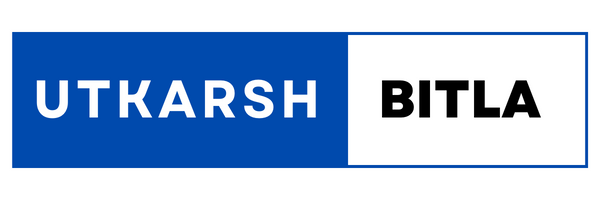CRISPR-Cas9 is a
revolutionary gene-editing technology that has transformed the field of
genetics and molecular biology. CRISPR stands for "Clustered Regularly
Interspaced Short Palindromic Repeats," and Cas9 refers to the
CRISPR-associated protein 9.
The CRISPR-Cas9 system
was initially discovered as a natural defense mechanism in bacteria, where it
helps protect against viral infections. It consists of two main components: the
guide RNA (gRNA) and the Cas9 enzyme.
Guide
RNA (gRNA)
The gRNA is a molecule
that consists of a specific sequence that matches the target DNA to be edited.
It acts as a guide to direct the Cas9 enzyme to the precise location in the genome
that needs to be modified.
Cas9
enzyme
Cas9 is an RNA-guided
DNA endonuclease, meaning it can cut DNA at specific locations. It acts like a
pair of molecular scissors that can be programmed to recognize and cut DNA
sequences complementary to the gRNA.
 |
| Genome editing by CRISPR-Cas9 |
The CRISPR-Cas9 gene-editing process involves the following steps
Designing
the gRNA
Scientists design a
custom gRNA sequence that is complementary to the specific target DNA sequence
they want to modify.
Delivery
of the CRISPR components
The gRNA and Cas9
enzyme are delivered into the target cells, either through viral vectors,
plasmids, or direct injection.
Binding
and cutting
The gRNA guides the
Cas9 enzyme to the target DNA sequence. Once the Cas9 enzyme recognizes the target
sequence, it binds to it and cuts both strands of the DNA.
DNA
repair
After the DNA is cut,
the cell's natural DNA repair mechanisms come into play. There are two primary
repair pathways: non-homologous end joining (NHEJ) and homology-directed repair
(HDR).
NHEJ
This pathway repairs
the DNA by directly joining the broken ends. However, it can introduce small
insertions or deletions (indels), leading to gene disruptions or mutations.
HDR
This pathway uses a DNA
template to repair the cut site accurately. It can be utilized to introduce
specific changes or insertions into the DNA.
Applications
of CRISPR-Cas9
Basic
research
CRISPR-Cas9 has
revolutionized genetic research, allowing scientists to study the functions of
specific genes by selectively modifying or disabling them.
Medicine
CRISPR-Cas9 holds
immense potential for treating genetic diseases. It could be used to correct
disease-causing mutations in the human genome or to engineer immune cells to
fight cancer. However, clinical applications in humans are still in the early
stages and require extensive research and ethical considerations.
Agriculture
CRISPR-Cas9 offers a
precise and efficient method for improving crops and livestock. It can be used
to enhance traits such as yield, nutritional content, disease resistance, and
environmental adaptation.
Biotechnology
The technology has
enabled the development of new tools and techniques for biotechnology research
and applications, including the production of biofuels, industrial enzymes, and
pharmaceuticals.
Ethical
considerations
The use of CRISPR-Cas9
raises ethical questions and concerns. Some of the key ethical considerations
include:
Off-target
effects
The Cas9 enzyme may
inadvertently edit unintended DNA sequences, potentially causing unintended
consequences or harm.
Germline
editing
Modifying the human
germline (sperm, eggs, or embryos) could have far-reaching implications as
these changes would be inherited by future generations. There are ongoing
debates about the ethical and social implications of making heritable changes
to the human genome.
Equity
and access
Ensuring equitable
access to CRISPR-based therapies and technologies raises ethical considerations
related to affordability, accessibility, and potential disparities in
healthcare.
Environmental
impact
Modifying organisms in
the environment using CRISPR-Cas9 could have ecological consequences that need
to be carefully evaluated and regulated.
CRISPR-Cas9 is a
powerful gene-editing technology that allows precise modification of DNA
sequences. Its applications span across various fields, including medicine,
agriculture, and biotechnology. However, ethical considerations and careful
regulation are crucial as we navigate the potential benefits and risks
associated with this groundbreaking technology.
Picture
Source



